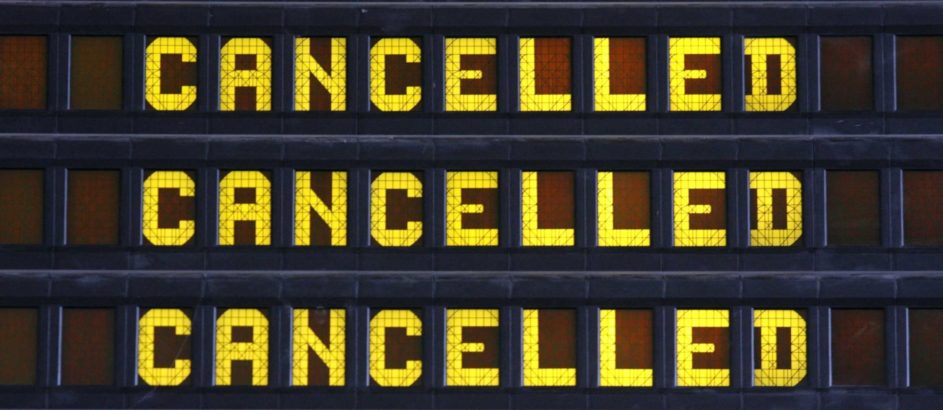I turned 70 on March 13, as astonished as anyone else in my circle that I’d reached this milestone of geezerhood. For several weeks I’d planned to travel with a friend to my daughter’s home in Nashville to celebrate the event.
It didn’t happen.
“Operation Sexy 70” (my heretofore secret code name for the outing) became another coronavirus victim with the announcement of several more confirmed cases of Covid-19 in Davidson County. After much thought and discussion with family and friends, discretion triumphed over courage, and I stayed close to home.
So what? My experience is scarcely a rippling in a rising tsunami of canceled or postponed trips via airline, auto or train. Mounting dinner and hotel reservation cancellations plot a curve that is climbing, not flattening. In the sports-crazy United States, something ominous is afoot when the NCAA cancels March Madness and the millions of dollars it generates each year.
Soon, even callow youth who never heard of baseball great Yogi Berra may start to consider the unintended wisdom of one of his most-quoted observations: “Nobody goes there anymore. It’s too crowded.” Crowds are scary.
In 2004, John M. Barry published “The Great Influenza,” the most definitive account to date of the 1918 flu pandemic. An estimated 20 million to 40 million died worldwide, including 675,000 in the U.S.
It took decades for researchers to uncover the reason for the unprecedented lethality of the virus, which first appeared as nothing worse than the endemic seasonal flu. But as it spanned the world, constantly reinventing itself through mutation, it became more and more adaptable to humans as a host.
Perfecting its ability to destroy lungs and other organs, it generated an overwhelming response from the immune system. Young people, 20-40 years old, possessed of the most robust immune system, died from the “cytokine storm” that was intent on killing the invading virus; their strength became their fatal weakness.
The coronavirus pandemic, frightening as it is, bears little resemblance to what was mistakenly dubbed the “Spanish influenza” in 1918, at least so far. It hasn’t mutated into a 24-hour assassin after exposure as the 1918 virus did. Still, there is a troubling similarity in the U.S. between the national response to the health crisis in 1918 and what’s happening today.
The Great War still raged in Europe when the pandemic broke. After reluctantly joining the European alliance against Germany in 1917, President Woodrow Wilson had pushed domestic concerns aside in furtherance of the war effort. No help or guidance worth mentioning came from the federal government as influenza tore across the nation.
Today’s “war,” from the federal standpoint, is the plummeting stock markets. Lowered interest rates and quantitative easing by the Federal Reserve may bring relief to investors. To the extent these measures prop up faltering businesses, they’re welcome. But the enemy is the virus, and no amount of purely economic stimulus will eradicate that threat. Access to testing, hospital beds, respirators and – eventually – a vaccine are the weapons we need.
We aren’t living the zombie apocalypse, but we almost certainly haven’t seen the worst of the situation. Wash your hands. Avoid crowds. Stay home if you’re sick. Chances are you won’t get infected, but don’t bet your life on it.
Larry Van Guilder is the business/government editor for Knox TN Today.

